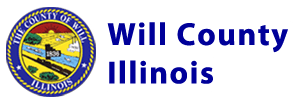
Assistance Framework for
Health Programs
The Coronavirus State and Local Fiscal Recovery Funds (SLFRF), a part of the American Rescue Plan, delivers $350 billion to state, local, and Tribal governments across the country to support their response to and recovery from the COVID-19 public health emergency.
Health Programs Dashboard
Click to see a breakdown of how ARPA funds have been used throughout Will County.
Applications closed on October 28, 2022
For additional information about grant applications, future grant opportunities, or general inquiries, please contact arpainfo@willcounty.gov
Application Update
Thank you to those that applied for Will County’s Health Grant Program. Due to the volume of applications and the recent transition of a new Will County Board, we have updated our timeline for allocation approvals.
February 9, 2023
Project Recommendations to Executive Committee
February 16, 2023
Notification and Subrecipient Agreement Issuance
Will County is committed to supporting the response to and recovery from COVID-19. The County, using the allocation of over $134 million from the Coronavirus State and Local Fiscal Recovery Funds (SLFRF), a part of the American Rescue Plan, has dedicated over $25 million for community groups, healthcare partners, and non-profit organizations to support a strong, resilient, and equitable recovery. Will County is opening the application to entities supporting efforts to address food stabilization, behavioral health, violence prevention, and innovative response to improved health outcomes.
The Health Programs Pillar includes the following prioritized categories
Food Stabilization
Behavioral Health
Violence Prevention
General Health
Health Programs
Allocations for health programs will be focused on two primary categories 1) Services and 2) Access. The pandemic exposed an increased call for community-based services, a shorter-term response addressing the immediate needs brought on by the pandemic. Funds will be committed to improving access to resources and services to address inequities created or expanded by the public health crisis.
| Services – Existing | Access – New/Expanded |
| Execute an activity with an eligible use to support programs addressing the impacts of COVID-19 | Increase services, remove barriers, & solidify access to underserved communities facing disparities worsened by COVID-19 |
Target Population
U.S. Treasury guidance identifies two groups that are prioritized: Disproportionately Impacted and Impacted. Mental health can impact anyone, regardless of income. However, disproportionately impacted residents may need aid for inequities in access to providers.
| Disproportionately Impacted | Impacted |
|
Households residing in Qualified Census Tracts Households that qualify for certain federal benefits |
Low or moderate income households Households that experienced unemployment Households that experienced increased food or housing insecurity |
Framework
The framework below outlines examples of the types of eligible activities which may be considered.
Food Stabilization
| Services
Food assistance (e.g., child nutrition programs, including school meals) Food Distribution |
Access
Capital expenditure to close the gap on food insecurities and address food deserts |
BEHAVIORAL HEALTH
|
Services Outpatient/inpatient Crisis care Diversion programs Harm reduction & long-term recovery support Mental/behavioral health and substance use treatment and/or prevention |
Access Support for equitable access to reduce disparities in access to high-quality treatment Expansion of evidence-based services for opioid use disorder prevention, treatment, harm reduction, and recovery Behavioral health facilities Outreach to individuals not yet engaged in treatment |
Violence Prevention
| Services
Recovery programs for victims of crime Crime reduction and violence prevention |
Access
Efforts to mitigate crime and address root causes |
General Health
| Services
COVID-19 mitigation and prevention efforts |
Access
Measures to expand access and address healthcare inequities |
